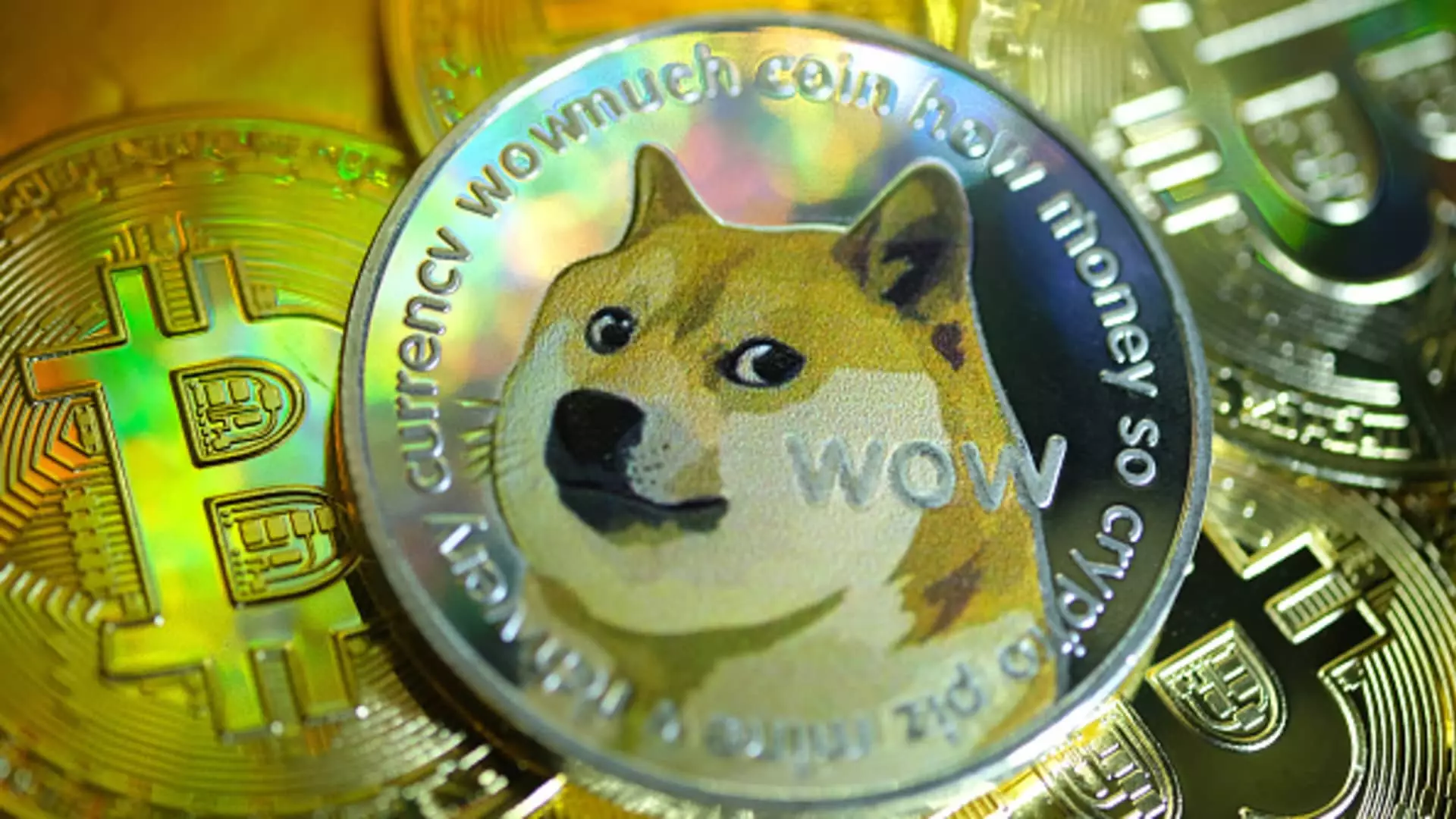The cryptocurrency arena has become a diverse space where innovation, creativity, and risk intertwine in unprecedented ways. Among the many digital assets that have captured investors’ imaginations, meme coins have emerged as a fascinating yet controversial category. These fun, often whimsical digital currencies, like Dogecoin and Shiba Inu, have spilled beyond mere trading to influence internet culture. However, until recently, the regulatory framework surrounding these coins was ambiguous at best. This uncertainty is undergoing a transformation thanks to a recent announcement from the U.S. Securities and Exchange Commission (SEC).
On a Thursday evening that many in the crypto community will remember, the SEC unveiled a significant shift in its stance toward meme coins, declaring that most do not qualify as securities under federal law. According to the SEC’s Division of Corporation Finance, these digital assets often “have limited or no use or functionality” and are better classified as collectibles than as instruments of investment. This pivotal statement essentially indicates that transactions involving meme coins do not require registration with the SEC, thereby relieving both buyers and sellers from regulatory oversight.
This classification raises important questions about the future of meme coins and their place in the larger crypto ecosystem. The SEC clarified that meme coins do not generate yield or convey ownership rights to future profits, which are common characteristics that define securities. Therefore, investors in meme coins are not protected under the same regulatory framework that traditional securities enjoy.
The SEC’s decision holds critical implications for the emerging cryptocurrency market. By designating meme coins as non-securities, the commission may inadvertently be fueling continued investment within this volatile sector. Given that many meme coins have surged dramatically in value amidst the recent crypto craze, it’s likely that this announcement will invigorate further interest. Crypto attorney Ishmael Green remarked that this clarity is exactly what the digital asset space has desperately needed for years. It reduces the regulatory burdens that have previously stifled innovation, especially for American blockchain platforms like Solana, where a majority of recent meme coins appear to be emerging.
Moreover, this decision arrives on the heels of a broader promise from the current administration to cultivate a regulatory environment that favors technological innovation and investment rather than obstructing them out of fear. This could potentially invigorate the overall market as fears of regulatory backlash recede, offering a broader sense of confidence among investors and entrepreneurs in the crypto landscape.
The Cultural Context of Meme Coins
Meme coins occupy a unique cultural space, often considered emblematic of the collective zeitgeist that comes with risk-taking, humor, and community-driven initiatives. In many ways, their nature reflects the playful yet serious facade of the internet and digital communication. Historically, they have served as a litmus test for retail interest and appetite for risk within the broader cryptocurrency market. During recent market fluctuations, the frequency with which these coins are traded—often exceeding that of major players like Bitcoin and Ethereum—indicates their allure.
Despite their lack of fundamental value and the cautionary tales that market analysts frequently provide about investing in such high-risk assets, meme coins retain their significance. They represent a cultural phenomenon that provides utility beyond mere financial gain, serving as a form of social interaction and even protest against the traditional financial systems.
As we look ahead, the SEC’s guidance sets the stage for a nuanced future for meme coins. Should this regulatory clarity encourage the proliferation of meme coins, platforms like Coinbase and Robinhood might see an expansion of available offerings without the fear of dire legal consequences. However, it is essential for investors to remain vigilant. The high volatility and speculative nature of these coins necessitate a careful approach, particularly as they continue to evolve alongside the framework surrounding digital currencies.
The SEC’s latest stance on meme coins reflects a transformative moment in the cryptocurrency landscape. While these digital assets may not be classified as securities, their significance, both culturally and financially, cannot be underestimated. The future will determine how these whimsical tokens fit into the broader economic narrative, and as always, potential investors should tread cautiously in this exhilarating and unpredictable world.

